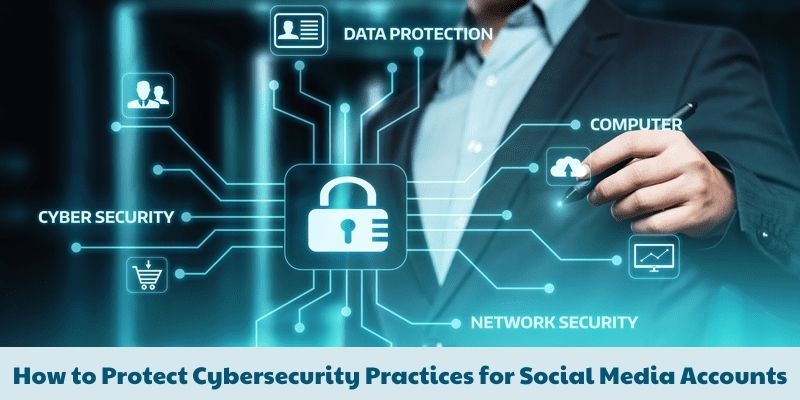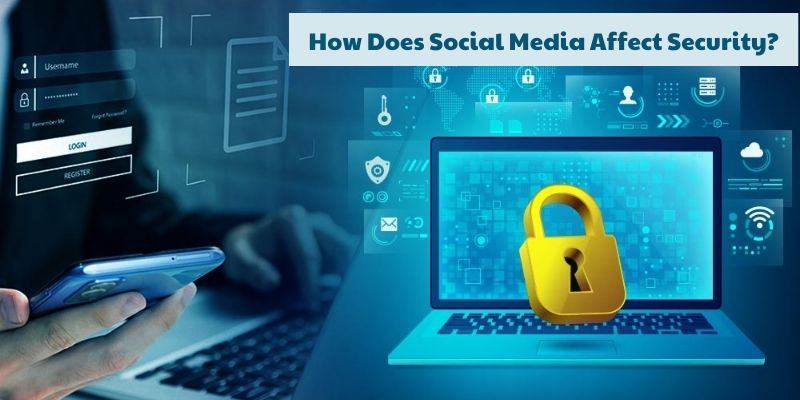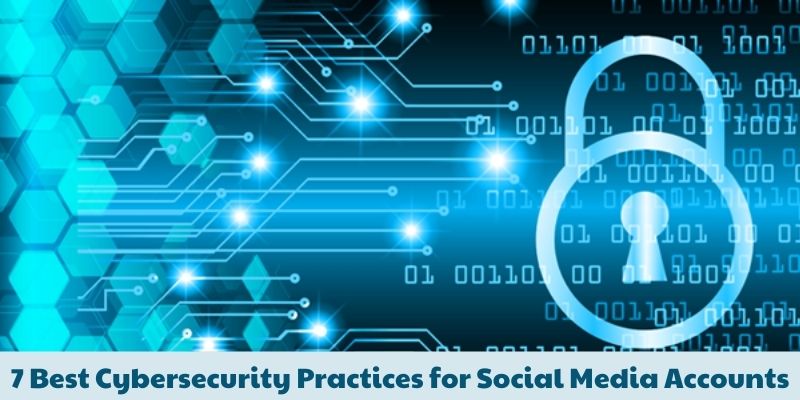What is cybersecurity practices for social media accounts. An company or individual has a ton of options to build their brand through social media. Social media is a potent internet-based communication tool that may provide any company a significant global presence.
Due to the fact that these platforms have billions of users worldwide, many businesses see social media as an essential tool for simultaneously connecting with a sizable number of potential leads, clients, partners, workers, and advocates.
In the end, social media platforms make it possible for followers and representatives of an organization to engage in interactions that involve information sharing, feedback exchange, and content creation. In this article, tapchiai.net will discuss 7 best cybersecurity practices for social media accounts.
How to Protect Cybersecurity Practices for Social Media Accounts
Social media can raise brand recognition and public interaction. It enables a non-traditional kind of advertising that is typically less expensive. Social media comes in a variety of forms, including blogs, photo-sharing websites, instant messaging services, video-sharing websites, and more.

However, social networking does have its own set of problems, much like practically every other new technology. Social media has the disadvantage of putting people at risk since it can create unsecure paths or tunnel under conventional cybersecurity.
How Does Social Media Affect Security?
There are five cyber risks related to social media that you should be aware of and guard against. These are a few of them:
1. Social Engineering
The term “social engineering” describes a broad spectrum of attacks that take advantage of interpersonal relationships and target emotions. Such an attack makes an effort to trick victims into disclosing private information or jeopardize corporate security.
An attack using social engineering typically consists of several steps. The potential victim will be investigated by the attacker, who will then gather information about them and utilize it to get through security measures. The attacker then strives to win over the victim’s trust before finally using deception to persuade them to reveal sensitive information or break security rules.
Clearly, social media gives a social engineer a way to interact with a potential victim or organization in a natural way and organically press them for information that may be utilized to assist launch an assault.
2. Phishing
The goal of a phishing attack is to trick the potential victim(s) into opening a malicious attachment or clicking on a malicious link, typically through the use of an email or online message.
It will be simpler for the attacker to gain the target’s trust if they use social media to develop a rapport or relationship with them before asking them to click on dangerous links or submit private information online.
Cybercriminals often put pressure on their potential victims by arousing their curiosity or a sense of urgency. The classic example of the kind of encouragement an attacker employs to persuade a target to either click on a malicious link or submit confidential information via a form is “Act now before it’s too late.”
3. Malware
Social networking sites advertise harmful links that download malware. The acronym for malicious software is malware. Malware comes in a wide variety of forms, including trojans, spyware, ransomware, and viruses.
Utilizing malware, cybercriminals gain access to computers and networks in order to steal data, commandeer systems, install botnets, cryptojack, or otherwise harm systems.

4. Brand Impersonation
Another danger posed by social media is when a person or group attempts to pass as a well-known business or brand in order to deceive victims (workers or other people) into disclosing private information that can be exploited by social engineers to hack into systems and networks.
Brand impersonation can tarnish the reputation of the business being impersonated in addition to the harm it causes to the victims who fall for such impersonation methods.
5. Catfishing
Catfishing is the practice of using another person’s data and photographs to create a false identity, which is then used to harm someone on a social media platform. Catfishers typically create a false identity to deceive their victims into interacting with them or transacting business with them online with the intention of stealing from the victim, degrading them, or both.
7 Best Cybersecurity Practices for Social Media Accounts

The best practices for addressing social media threats include these seven strategies:
- Enable MFA. By requiring users to give two or more authentication factors in order to access an application, account, or virtual private network (VPN), multi-factor authentication is a security technique that safeguards both people and enterprises. Even after credentials or identities have been taken, leaked, or sold by third parties, this adds additional levels of security to thwart more sophisticated cyberattacks.
- Do not re-use passwords. Create unique passwords for each account. In the case that one account is hacked, this stops easy access to other accounts. To handle several passwords and make sure they are difficult to guess, use a password management application.
- Regularly update security settings across platforms. Keep track of the security settings for social media platforms to make sure they are constantly up to date and at the highest level.
- Narrow down connections to reduce unknown threats. Be cautious of the kinds of people and organizations you connect with on social media networks. Examine each relationship carefully, and stay away from any that seem shady or dubious.
- Monitor social media for security risks. Keep an eye out for news about threats on particular social media platforms, and take appropriate action. Keep an eye on your accounts and take care of any problems that could result in breaches or hacks if you discover of vulnerabilities or hacking occurrences.
- Learn what a phishing attack looks like. Be vigilant, keep up with the most recent phishing scams, and always be wary of anyone who contacts you via email or social media without your permission.
- Look out for spoofs of your account. Watch out for attempts to impersonate brands, report infractions to the authorities of the social media platform right once, and alert your followers.






